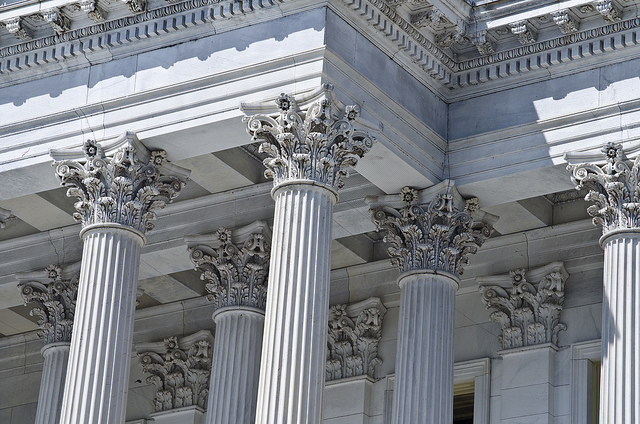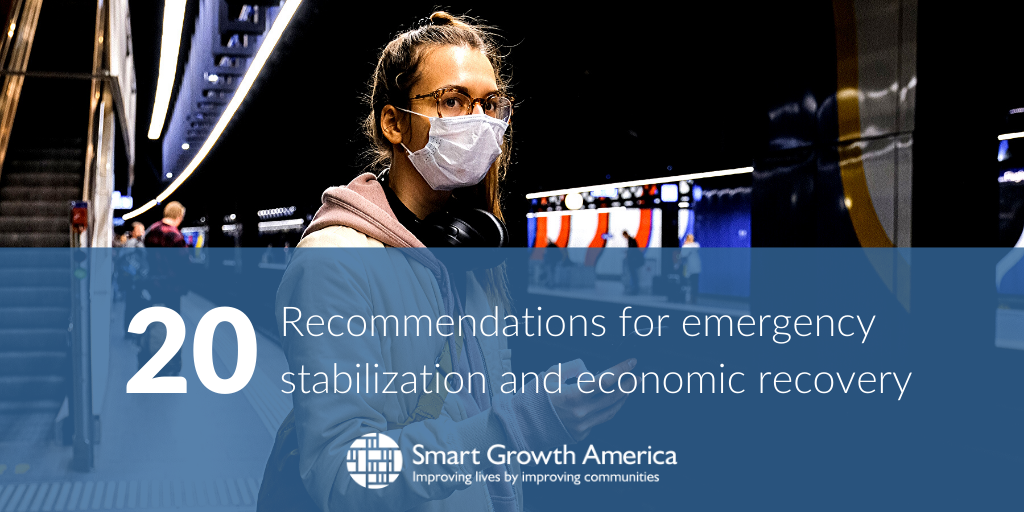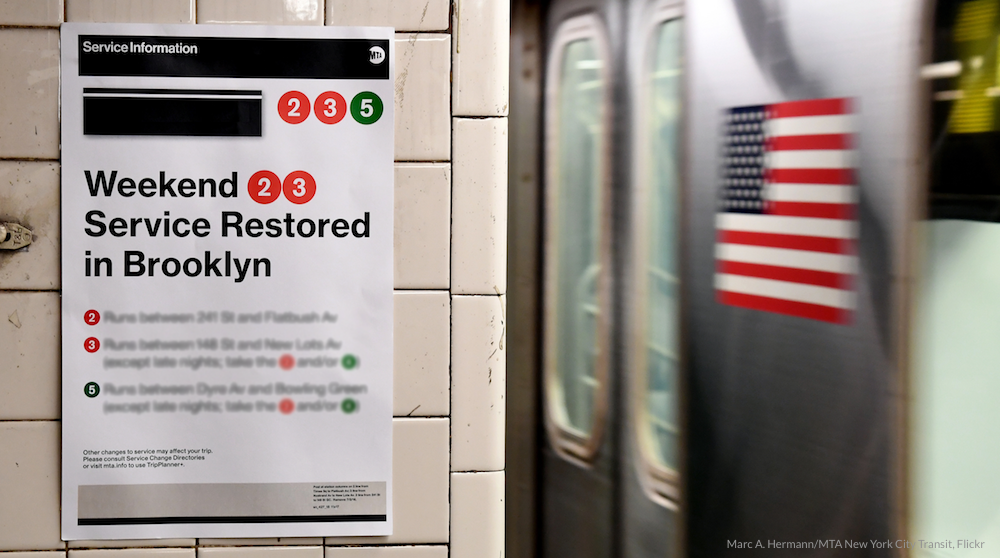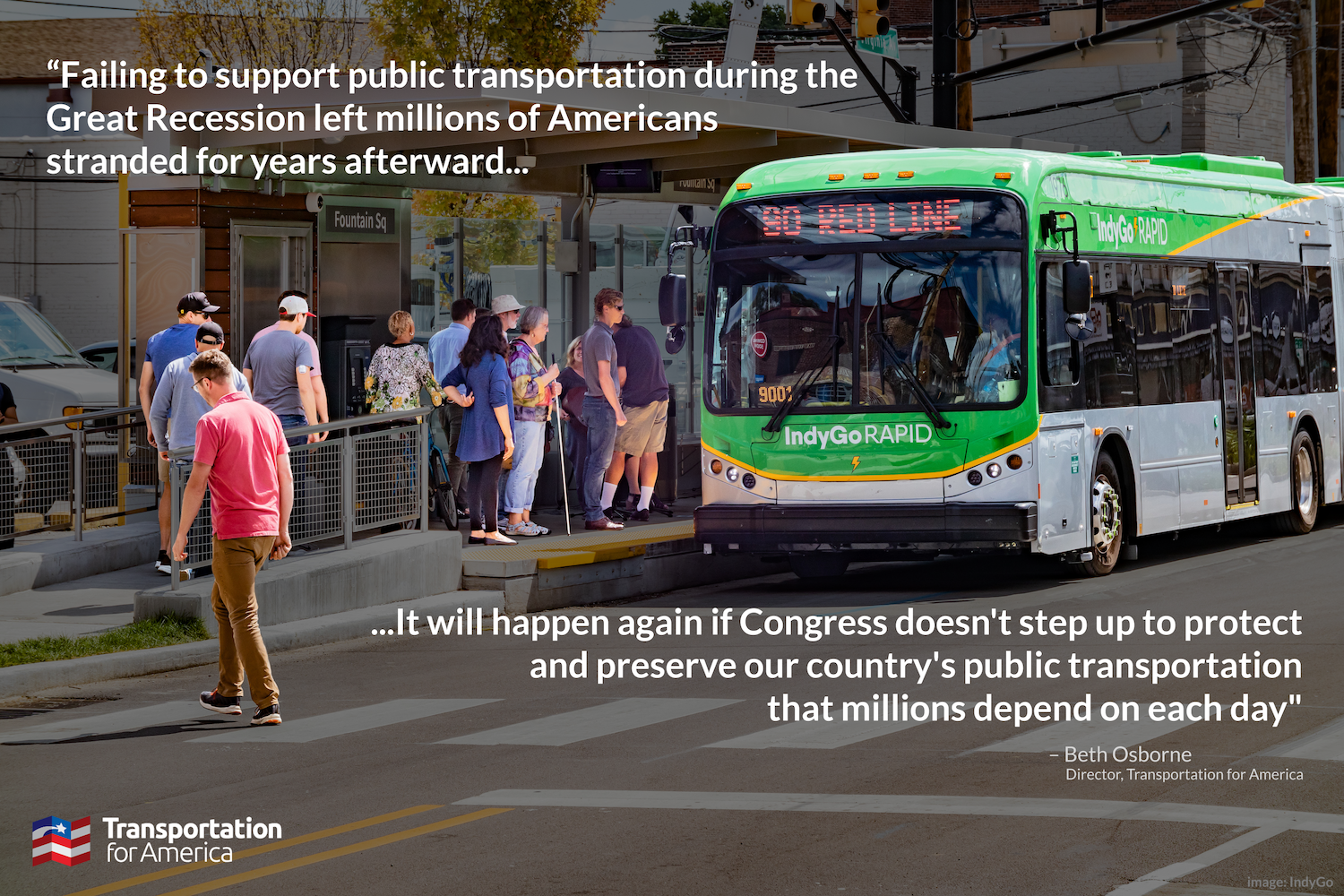Congress’ COVID relief is welcome, but “must simply be a downpayment, with more help on the way”

Late last night, after months of fruitless negotiations and inaction, Congress finally passed a $900-billion COVID relief package at the same time as a $1.4-trillion omnibus appropriations bill to fund the government through the end of the FY 21 fiscal year. Congress’ actions are a good start, but America needs more in order to survive and bounce back from this health and economic crisis. This bill must simply be a downpayment, with more help on the way.


